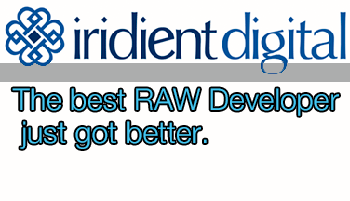
The best RAW Developer just got better.
Iridient Digital has released Version 2.2 of its Iridient Developer RAW conversion software (formally known simply as RAW Developer). RAW Developer has been Brian’s product since the early first versions those many years ago. Though RAW Developer has evolved over time into today’s Iridient Developer, it has not lost any of the original product’s charm. It worked, worked well, and worked at the finest detail and adjustment possible level. Iridient developer is not, nor has it ever been, meant for everyone. It isn’t. It is a photography geek’s tool used to push the RAW conversion process to its ultimate limits.
Iridient Developer is for those who wish to dig a bit deeper into working the finest of controls with all cameras it supports, which is most of the digital cameras on the market. Lately Brian has been focused on going after the ultimate in Fuji X-Trans quality, and frankly, seeing early results, I have to say he’s found it. I caught up with Brian, who was briefly catching his breath now that this new release is out, and asked him to share more details about his efforts with all of us here at TheCameraForum. Below are the numbered questions followed by Brian’s response. From all of us, Brian: Thanks for taking the time to provide these clarifications on how things really work behind the scenes.
1.) Adobe leads the RAW converter market with Photoshop and Lightroom holding the first two positions in sales, with Apple’s Aperture in third place, and Phase One’s Capture One in forth. This testifies to the strength and growth in photography’s popularity, as it is rare to find more than three major competitors in any software marketplace with any significant market share. It also points out the fact that there are differences to how each product addresses the RAW conversion or demoniac process as it is technically known. How would you categorize the differences between the other RAW converters and Iridient Developer?
Obviously I don’t attempt to compete with some of the others on many levels (not asset management, printing, web export, etc). I’m all about conversion quality and low level adjustment flexibility. I think there definitely is a market for a “lighter” weight processing tool too… some people definitely don’t like these massive programs like Lightroom, Aperture, Capture One and just want a stripped down RAW processor and then may do further editing/printing work in Photoshop, etc. but don’t want to deal with the whole import/cataloging process and the “lock in” that can come with it…
2.) What would you say are the major areas of your development focus? IE: The areas where Iridient Developer really excels in the process? For me, sharpening is very much one of them, but there are others you have serious feelings about I know. Care to share them with my readers?
I continue to focus on image quality, low level processing control, flexibility in what I feel are critical RAW conversion features like color processing, sharpening, noise reduction, lens corrections and output resizing.
More demosaic processing options are planned for the future offering even more flexibility in rendering “look”, work on a terrific new sharpening algorithm is in progress, lens corrections are gradually becoming a strength of Iridient Developer and LCC (lens color cast) and perspective corrections are planned for future versions, work on improving color and monochrome processing options continues including likely a vibrance adjustment, shadows/highlights, more bundled color “looks” or styles, local contrast enhancement (clarity), support for 3rd party LUTs, maybe even a new curve option or 2, basic levels type controls are on the list, processing speed is something I continue to work on and RAW video and standard color grading type controls (lift, gamma, gain, color wheels) may become more of a focus in the future too. And of course continued ongoing work to support all the latest and greatest new camera models…
3.) Capture One is getting good press for their efforts with the X-Trans sensor, but some say they went too far on the fine details. Adobe Lightroom is catching heat for softening fine details as well. Is this your reason for the work on the “Soft Look” option? Any guess at what the others are having troubles with?
Most seem to feel I’ve pretty much got the X-Trans perfected!! It’s obviously a tough sensor to support well… Has the potential of nice high detail combined with what appear to be nice sharp lenses, but the downside is potential for more digital artifacts appearing in the images than with the traditional Bayer pattern. Detail rendering, just like with color, is very much a personal preference some people can never have enough detail and are perfectly willing to accept some additional noise or artifacts, others however are much more sensitive to noise and other artifacts and would gladly give up a little fine detail to reduce the appearance of these issues. The “Soft Look” option is provides another demosaic option that offers a bit less noise/artifacts while still offering class leading detail too, just a bit less than my normal X-trans processing. Of course, I also continue to offer Apple’s RAW processing for a whole different color/noise rendering as well!
4.) Of the cameras I own, all are good at high ISO. My GH3 surprisingly is behind my 5D Mark III, but my biggest surprise is my Fuji X-E1 is the best, and seems to have by far the widest dynamic range to the files and the best color right from the default starting point. Would you agree with this? Any ideas on why from a more technical perspective?
Sensor size and generation probably has a lot to do with it. The manufacturers are still continuing to get better at sensor design though the pace of progress is likely beginning to slow. As time goes on they can generally capture more light, more effectively with smaller pixel sizes. The bigger the pixels however for any given generation of sensor design is likely going to have the best dynamic range and lowest noise. Of the cameras you mention GH3 has smallest pixels and I believe is the oldest generation of sensors in this batch. The 5D-III has the biggest pixel size and should have some inherent advantages for noise/dr, but the Fuji X-E1 with a lower megapixel count (16MP APS-C) is not far behind on pixel size and I believe is a slightly newer generation sensor. The X-trans pattern because of wider spacing of red/blue color photosites tends to require more smoothing at interpolation (demosaic) stage of the RAW data which lowers appearance of noise, the tradeoff is higher potential for issues like color smearing, parquet type noise and other digital artifacts due to the uneven color filter layout.
As for color specifically, it can vary widely on camera settings and software used. Strictly speaking of camera JPEGs, the Fuji and Olympus cameras seem to be more highly regarded that some of the others, but all cameras have a wide range of adjustments even with JPEG from color look (standard, neutral, portrait, etc) to saturation to contrast and so on. Toss in a half dozen different RAW processors and definition of “default” color can vary even more widely.
5.) Would you care to put out any hints or future roadmap for Iridient Developer? What’s got your juices going for tomorrow and next years updates?
Some processing hints are found above, further user interface refinements have been on the road map for some time as well. Some of these finally made it into the 2.0 version, but integrating more controls into the main preview window (similar to Lightroom, Aperture, C1…) and simplifying the user interface while still offering low level control is still a major work in progress. High quality printing is definitely on the road map, but may be an altogether separate program initially. Ports to other operating systems like iOS and Windows are ongoing areas of discussion… Improved documentation as well as some tips and hints type articles and/or video tutorials are all popular requests and on my long list of things todo as well 🙂
Anybody using a Fuji X-Trans based sensor camera owes it to themselves to see just how dang good their photos can get by downloading a free demo version of Iridient Developer for themselves here: http://www.iridientdigital.com/products/rawdeveloper_download.html
Full disclosure: Brian Griffith, the CEO and visionary behind Iridient Digital is a close friend and business associate in another venture. Therefore, do not expect me to be fair or unbiased when it comes to choosing my favorite Raw Developer!!!!


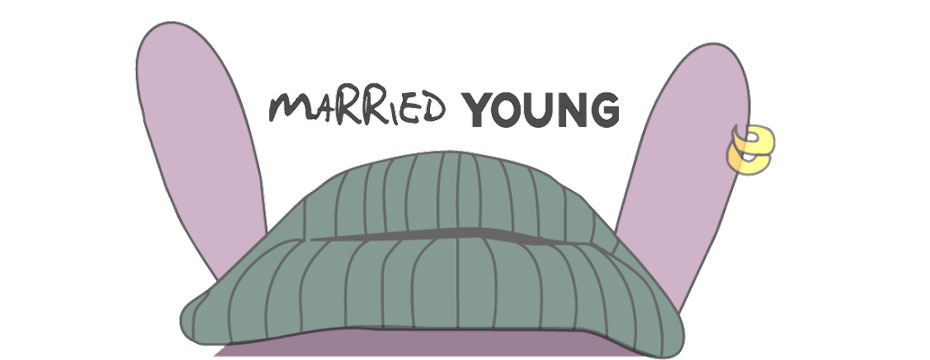
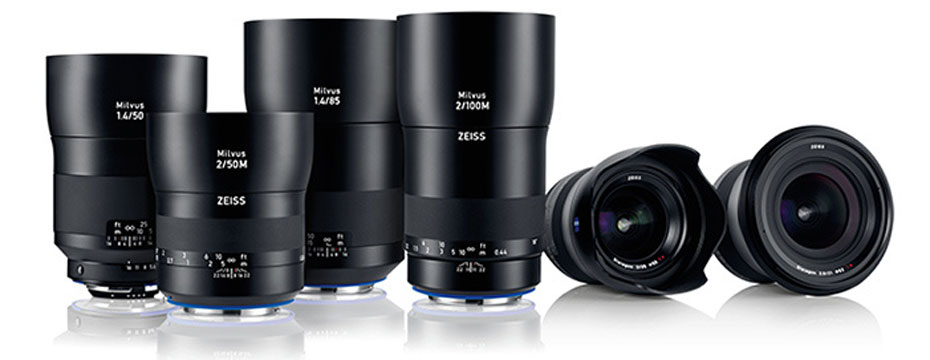
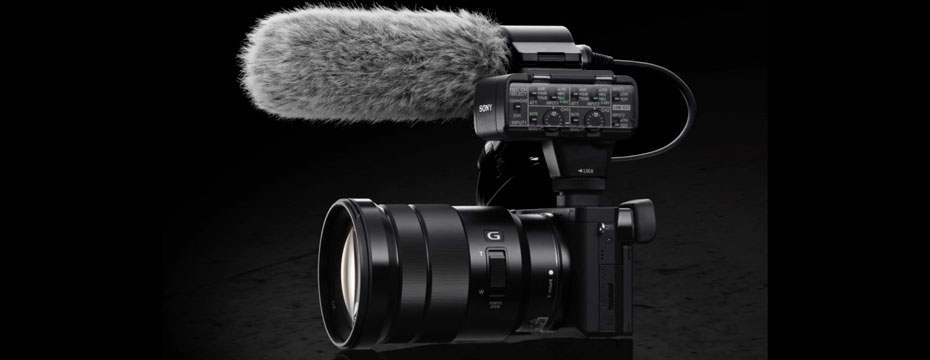
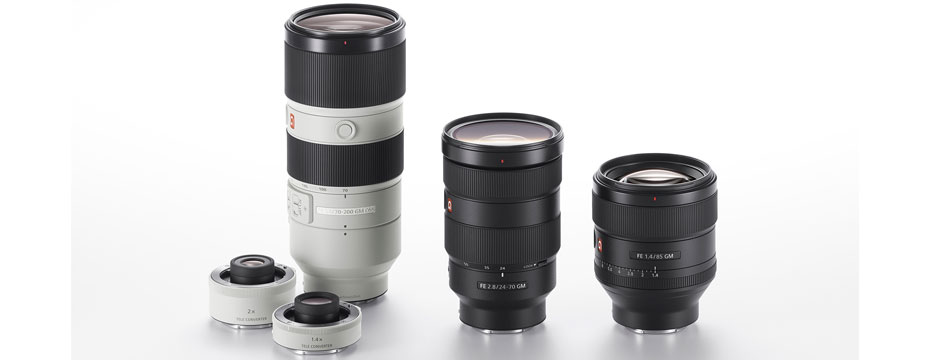
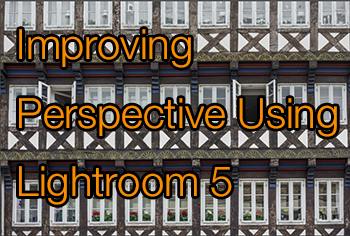
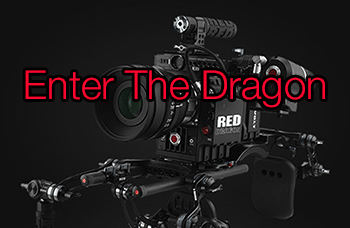
Pingback: Interesting link re Iridient Developer - The GetDPI Photography Forums